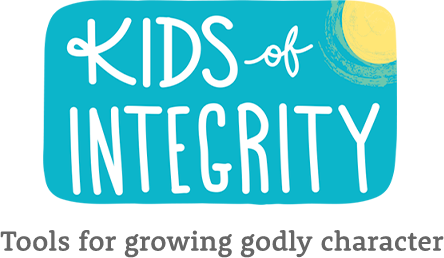Consideration
While you’re out and about on errands, observe the driving habits of others to teach your kids about consideration.
Begin by looking at the head-on view of cars and trucks. The lights and front bumpers often make a vehicle look like it has a face. As you drive, take turns suggesting what expression each car is wearing.
As you continue driving, talk about how each driver behind the wheel also has a “personality” too. Some are aggressive and inconsiderate, while others are polite and thoughtful. Explain to your kids that there are rules of the road that all drivers must follow in order to keep travellers safe and to keep the traffic flowing – but add that a driver can technically follow the rules of the road and still be an inconsiderate driver.
Ask your kids to watch for drivers’ actions that show thoughtfulness and those that are inconsiderate. Then see if your kids can come up with similar or equivalent interactions that take place between people when they’re face to face.
The table shows some examples to help you get started:
Considerate drivers and considerate kids
|
Considerate drivers |
Considerate kids |
|---|---|
| Considerate drivers share the right of way, allowing other cars to merge or change lanes. | Considerate kids let other kids take the first turn or let other people go ahead when they arrive at a doorway at the same time. |
| Considerate drivers move to the right-hand lane on a highway if they are travelling slowly. | Considerate kids are careful that they don’t inconvenience others by being in the way. |
| Considerate drivers give others comfortable space. They don’t tailgate or drive closely behind another car. | Considerate kids give others space to stand comfortably in a lineup. They don’t push, barge or shove to get ahead. |
| Considerate drivers wave to say thanks when another driver has been helpful. | Considerate kids say “Thank you,” “Please,” “Excuse me” and “I’m sorry.” |
| In traffic jams, considerate drivers will notice drivers stuck waiting to get on the main road and will direct them to go ahead of them on the road (providing it is safe to do so). | Considerate kids will notice if someone is waiting to use a toy they are playing with and will offer them a turn before they are ready to be done with it. |
| Considerate drivers do not honk their horns, unless it is to prevent an accident or emergency. | Considerate kids are patient with others and don’t use loud voices to let others know they are unhappy. |
| Considerate drivers do not make rude gestures at other drivers. | Considerate kids are gentle. They do not use aggressive actions and body language to get their own way or to threaten others. |
If you’d like to extend this activity, ask your kids to think about other situations – such as at the grocery store, at the shopping mall, or at a swimming pool – where kids can show consideration by going above and beyond the basic rules for appropriate behaviour. As part of your discussion, ask your kids to share real life circumstances they can recall where the considerate kids rules were followed – or not followed.
In closing, read your choice of the relevant Scripture verses. Pray and ask God to help you to be considerate of others.
Relevant Scripture
Romans 12:10 “Love one another with brotherly affection. Outdo one another in showing honor.
”
1 Corinthians 10:24 “Let no one seek his own good, but the good of his neighbor.
”
1 Thessalonians 5:15 “See that no one repays anyone evil for evil, but always seek to do good to one another and to everyone.
”
Titus 3:1-2 “Remind them to be submissive to rulers and authorities, to be obedient, to be ready for every good work, to speak evil of no one, to avoid quarreling, to be gentle, and to show perfect courtesy toward all people.
”
- Acceptance
- Adaptability
- Attentiveness
- Christmas
- Compassion
- Confidence
- Consideration
- Contentedness
- Cooperation
- Courage
- Courtesy
- Discernment
- Easter
- Faithfulness
- Forgiveness
- Generosity
- Gentleness
- Gratitude
- Harmony
- Honesty
- Humility
- Joy
- Kindness
- Obedience
- Patience
- Perseverance
- Respect
- Responsibility
- Reverence
- Righteousness
- Self-control
- Thanksgiving


